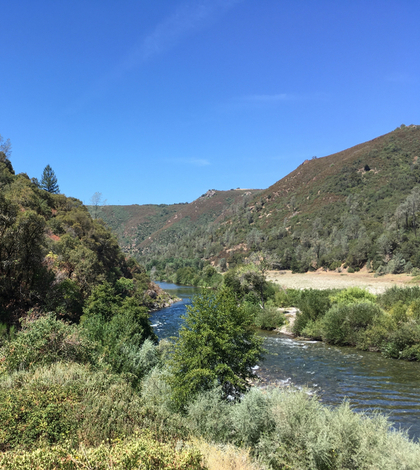Last week the Federal Energy Regulatory Commission (FERC) issued a new 40-year operating license for the Middle Fork American River Project which supplies water, clean hydroelectric power, public recreational opportunities and environmental stewardship for the people of Placer County and the region.
The first license for the river project was issued in 1963 – the same year construction began. Issued by the then Federal Power Commission (now FERC), that license granted a 50-year operating window. Now, after a decade of preparation and collaboration by Placer County Water Agency and Placer County, the project will continue to serve the region for another 40 years.
“The process of getting a new FERC license is extremely rigorous,” explained Andy Fecko, PCWA’s General Manager. “We began our relicensing effort in 2005.”
Project leaders hosted more than 300 stakeholder meetings to develop the new operating conditions and in 2011, PCWA filed its application with FERC for a new operating license.
“The Middle Fork Project is an essential resource for the prosperity of our communities,” said Placer County District 3 Supervisor and MFPFA Chairman Jim Holmes. “Our new FERC license affirms our commitment to preserving and protecting it for decades to come.”
Under the new license, PCWA and Placer County will implement higher streamflows to support
environmental and recreational resources, and a variety of improvements to recreation facilities including campgrounds, day use areas, and boat ramps. In addition, numerous infrastructure improvements, designed to enhance project operations and environmental conditions, will begin construction.
“We are eager to get to work on the new FERC requirements,” said PCWA Board Chairman Robert Dugan. “These important environmental, recreational, and water supply improvements have been a priority for our Board for many years, and will provide long-term benefits for Placer County residents.”
Located on the Middle Fork American River, and the Rubicon River, the MFP consists of five
powerhouses, five diversion impoundments, five tunnels, and two reservoirs. It is the eighth
largest public power project in California.
 California Water News Daily Your Source For Water News in California
California Water News Daily Your Source For Water News in California


